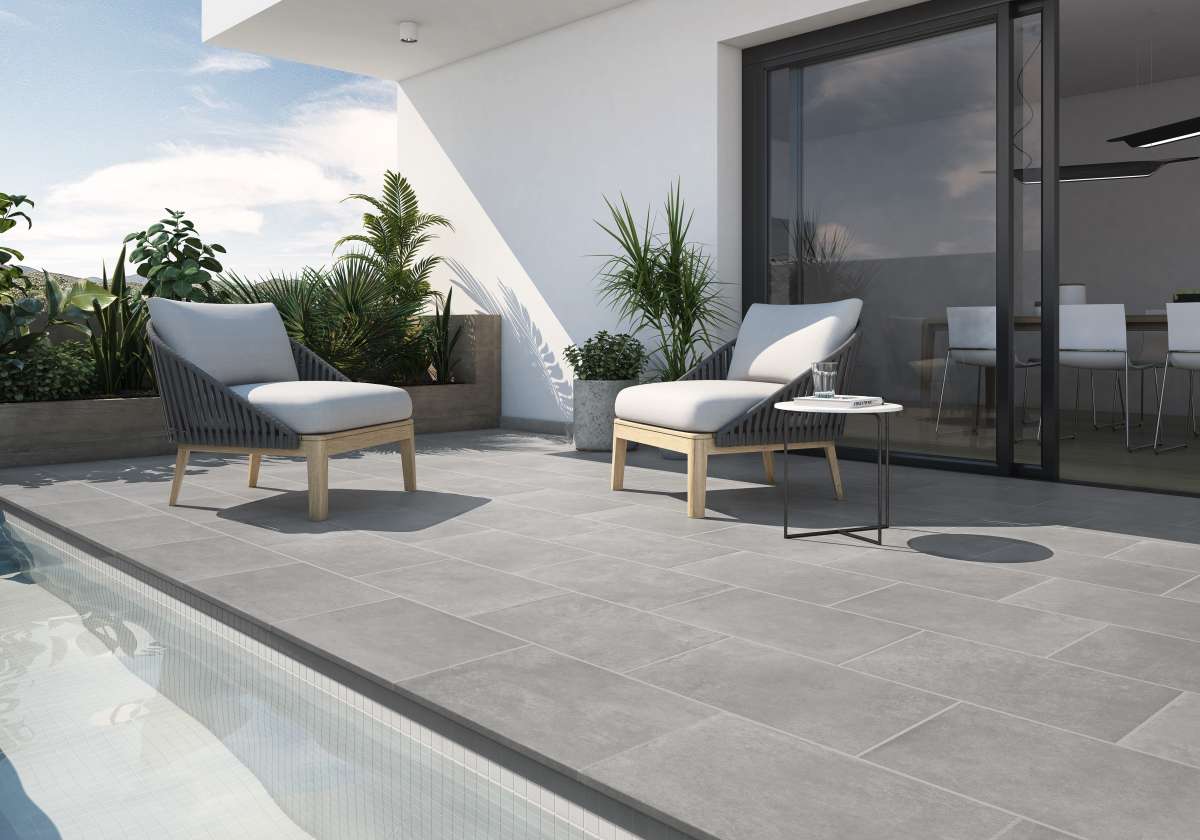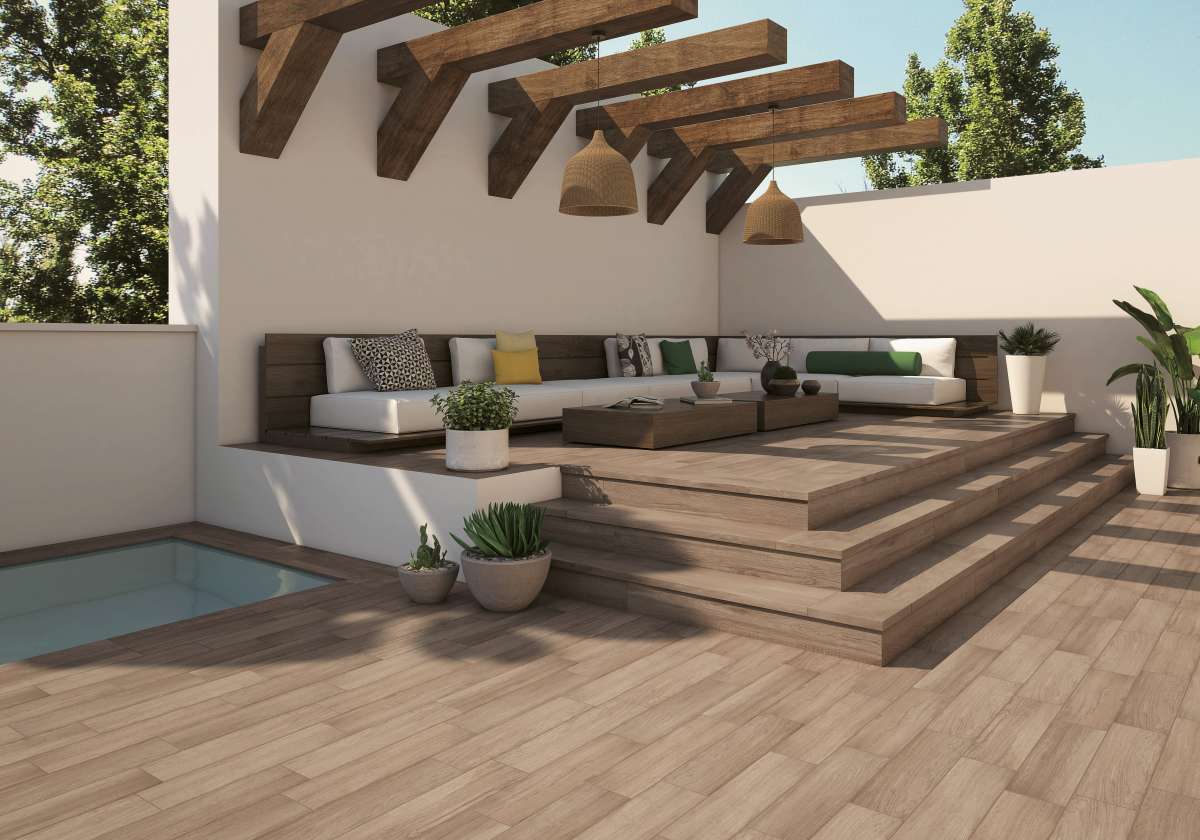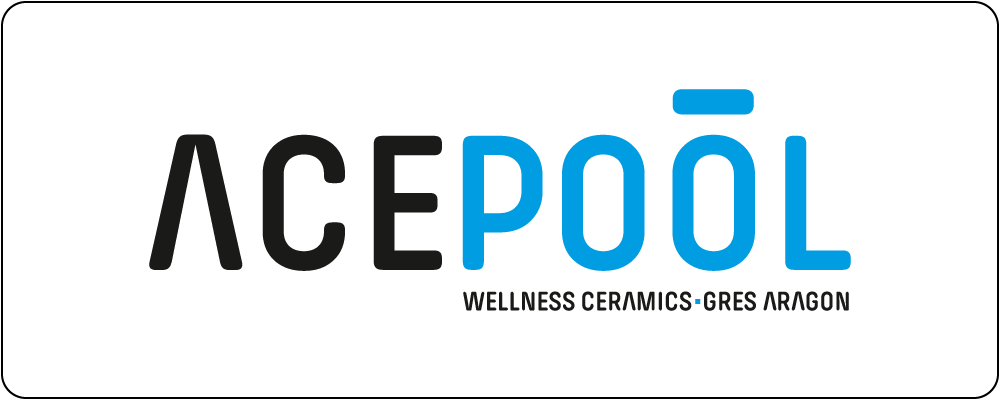PORCELAIN OR NON PORCELAIN TILES?
We are in a period when the latest circumstances have boosted the use of outdoor spaces
We have shared small and big indoor spaces and, in a more intense way than before, balconies, terraces, verandas, where in the past we passed along without appreciating its added value.
In order to embellish, create and design new places, there is a new refurbishing demand for those spaces that, perhaps, we had not maintained or valued as well. Our outdoor spaces.
This demand has generated many questions, such as: What kind of material should I opt for? Porcelain or Klinker tiles?
We are going to focus on the differences between porcelain and Klinker tiles to help you choose.
Both are the two product ranges that we produce at Gres Aragón. The differences are related not to the quality of the product, but to the design and the use they are aimed to.
Both types of products are frost, stain and chemical resistant, among other properties. Slip tests for each range can affect the final choice, depending on the final location and use of the product. In any case, both of them are easy to clean.
ISO 13006 - EN 14411, ceramic tiles International Standard, classifies both ranges according to their water absorption levels and their production process.
Klinker tiles: AIIa-1 AIIa-2 group (according to the aforementioned standard)
Extruded tiles with 3%
Klinker is composed of natural clay, manufactured through a long and high-temperature firing proces, that leads to a product that is crystallized by its own nature. We offer a natural product with diverse colour scheme and a glazed surface (digitally decorated), that fits for both indoor and outdoor installation.

As a result of its production process by extrusion this is a unique product available in different geometries and lengths that, although in fewer formats than porcelain tiles, is extremely resistant. This resistance is consequence of its internal structure, which comes out specifically from its extrusion process. This kind of product needs wider joints during installation, which confers it a particular personality. Its tonality and design are very different from porcelain tiles and are almost impossible to imitate.
Porcelain tiles: AIa group or Bia group (according to aforementioned standard)
Extruded and pressed tiles with E
Its composition based on clays formulated with melting components, results in a more compact floor tile with a low water absorption level and low moist retention, which is a key element. In the case of porcelain tiles, their resistance to frost is the result of the latter.
Because of its composition and manufacture process, porcelain tiles can be produced in larger formats, with a narrower installation joint than Klinker tiles.

Porcelain tiles can be produced with designs imitating wood, stone, marble, etc., but with easier maintenance requirements than those natural elements.
For all these reasons, this is a popular material used in outdoor spaces such as pools, terraces, stairs…
After knowing the differences between Klinker and porcelain tiles, now is your turn to choose the kind of product that suits you the best.
You will find advice in ceramic professionals: architects, distributors, tile layers and, of course, we the producers. We are at your disposal at any time. And, remember, the differences between Klinker and Porcelain tiles are not in their quality, but in their design and the exigence of your requirements.
Isabel Mir
Head of Product Development at Gres Aragón




